-
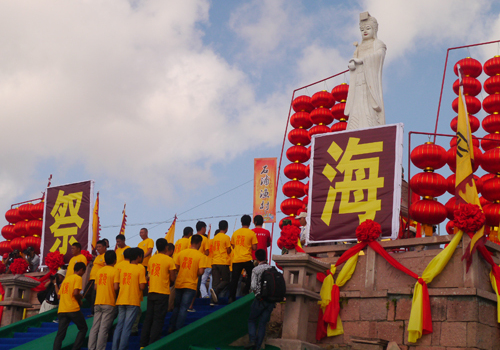
Customs in Ningbo
2016-11-28
In the past, many of Ningbo's people were likely to engage in business, and even young men would leave home to be an apprentice, and to learn the ups and downs of business when they were 15 or 16 years old.
-
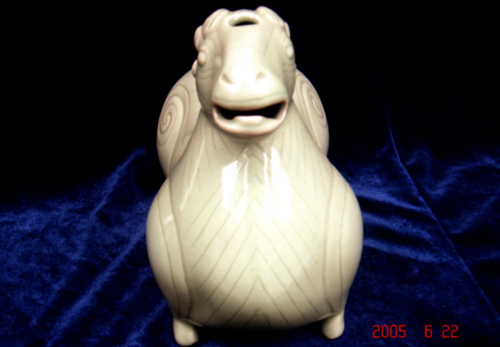
Celadon from the southern Yue Kiln
2016-11-28
Celadon from the Yue Kiln, also known as the mother of celadon, is the most famous set of celadon kilns in ancient China. It dates back to the Eastern Han Dynasty (AD 25~220) and withered away in the late Northern Song Dynasty (AD 960~1127).
-
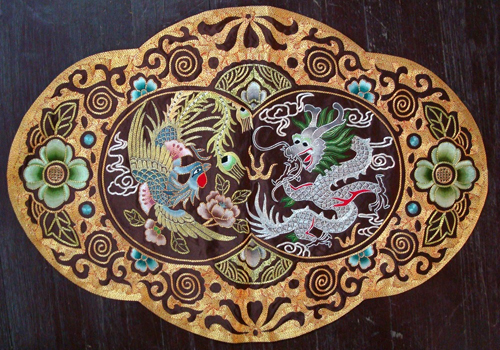
Ningbo Embroidery
2016-11-28
This is traditional craft of Ningbo, and goes back to the Ming (1368-1644) and Qing (1636-1912) dynasties, with many craftsmen and embroidered works that were in greater demand.
-
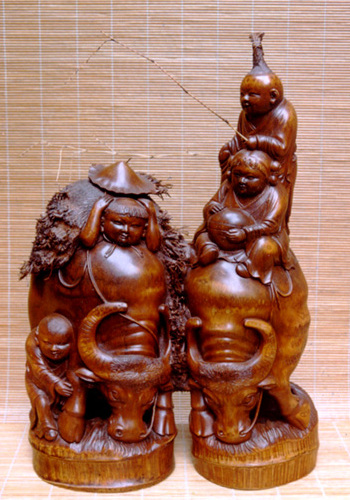
Xiangshan Bamboo Root Carving
2016-11-28
Chinese bamboo root carving art dates back to the Tang Dynasty (AD 618-907) and witnessed its flourishing period in the Ming Dynasty (1368-1644) by which time the craft was especially popular in Jiading (in Shanghai) and Nanjing.
-
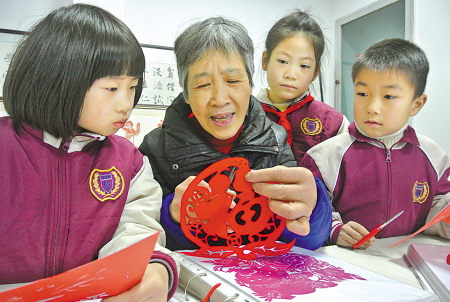
Hushan Paper-cutting
2016-11-28
Paper-cutting artworks (images made from card) were in great demand in Hushan Mountain, Cixi county of Ningbo city, in the late Qing Dynasty (1644-1911).
-

Fenghua rural painting
2016-11-28
This form of rural painting, originally done in ink, was popular during the Ming (1368-1644) and the Qing (1636-1912) dynasties.

Home>Ningbo Culture


